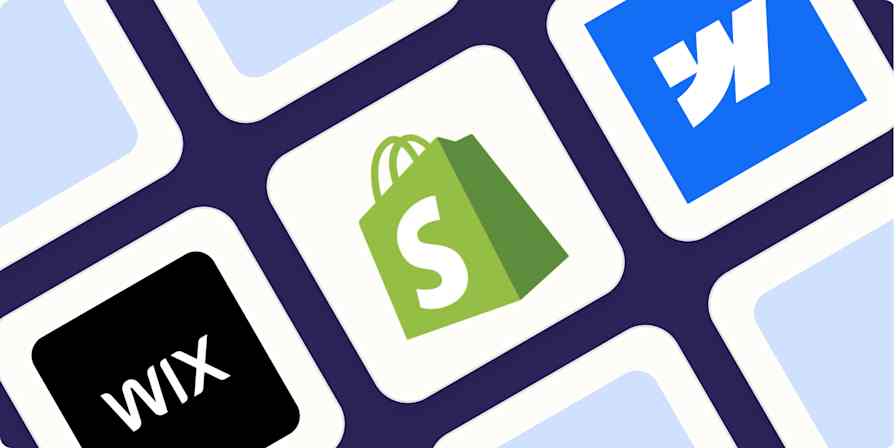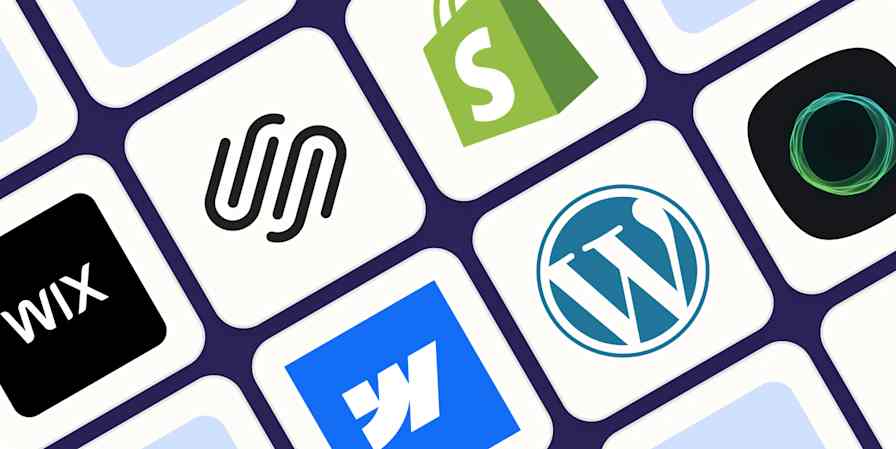Business tips
6 min readHow to speed up your WordPress site—or any other website
My website speed was affecting my business. Here's how I fixed it.
By Christian Coulson · February 5, 2021

Get productivity tips delivered straight to your inbox
We’ll email you 1-3 times per week—and never share your information.
Related articles
Improve your productivity automatically. Use Zapier to get your apps working together.








